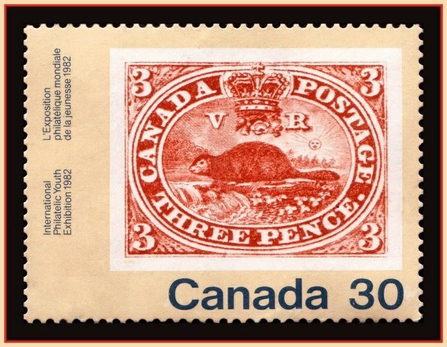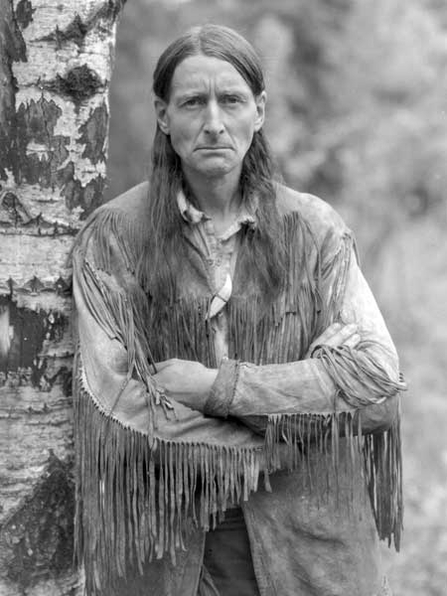Today is International Beaver Day!
Although Kent Wildlife Trust released a family of European beavers to Ham Fen nature reserve back in 2003, south east England’s history with beavers actually began way back to the 14th Century with the ‘Beaver Wars’ and a historical figure named Grey Owl.
Yes, Beaver Wars!
Our story starts in Canada, which to this day still holds a strong cultural connection to beavers, viewing beavers in their society as a valued species and not a commodity. Hochelaga, an indigenous village in Montreal, translates to ‘beaver dam’ or beaver path’ due to its layout reminiscent of beaver activity pathways. In 1891, the American beaver was becoming an important part of Canadian culture, even featuring on the 3-pence stamp as their national animal.

